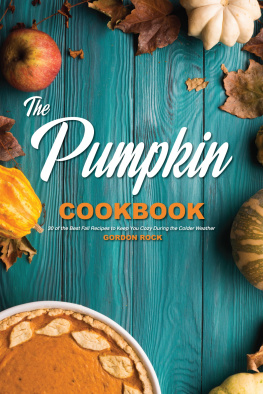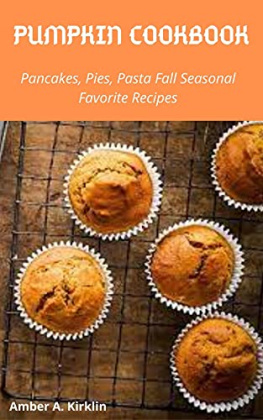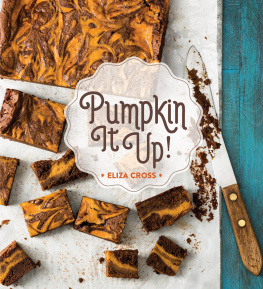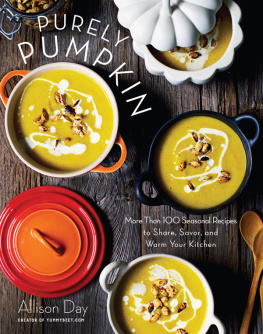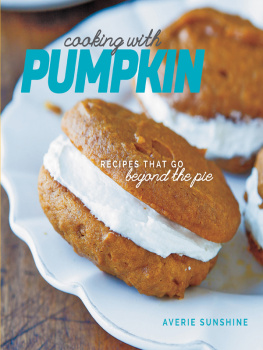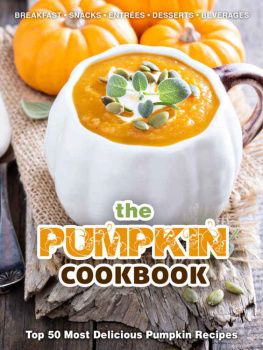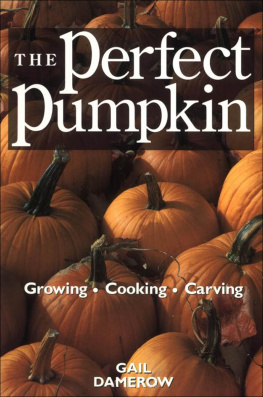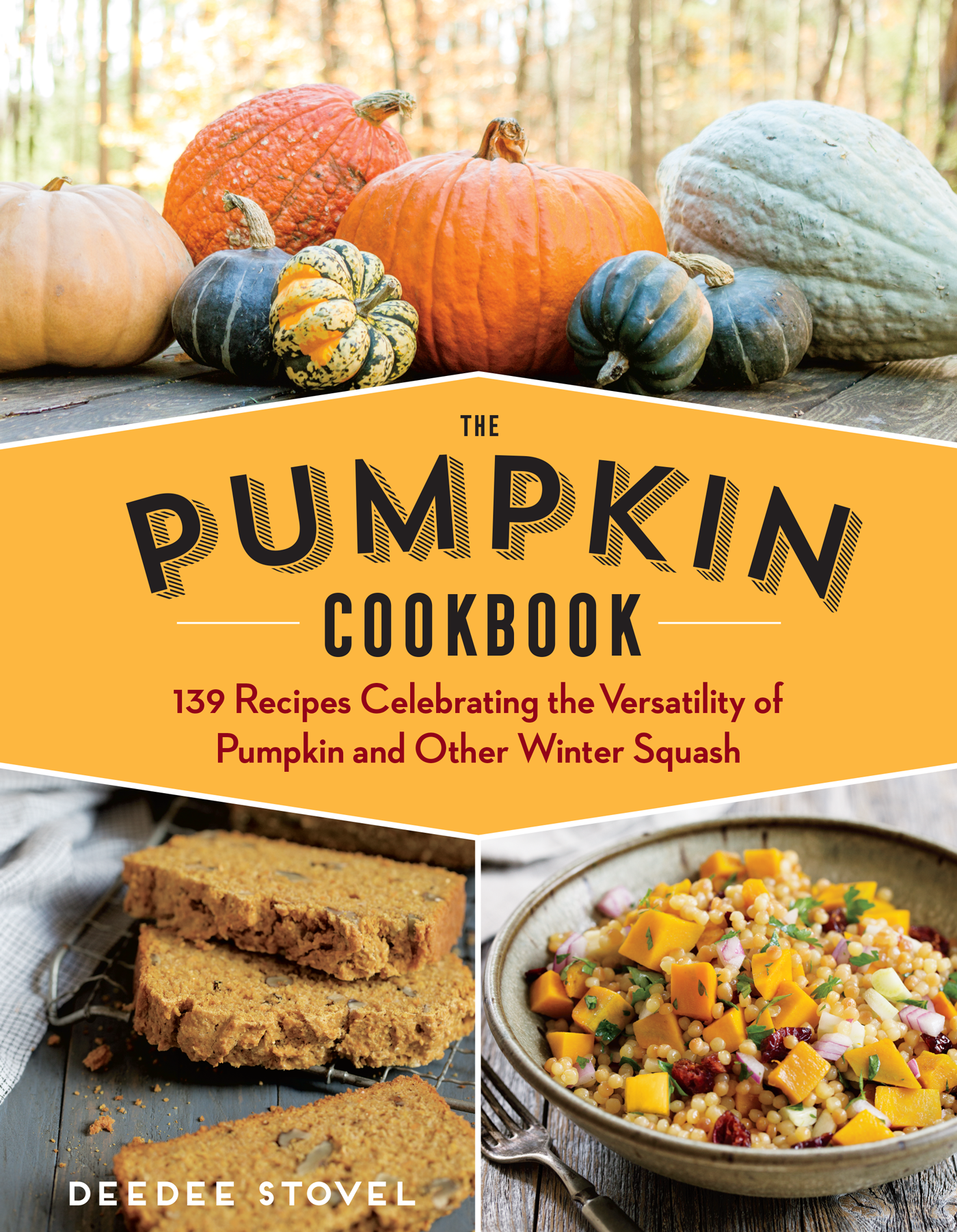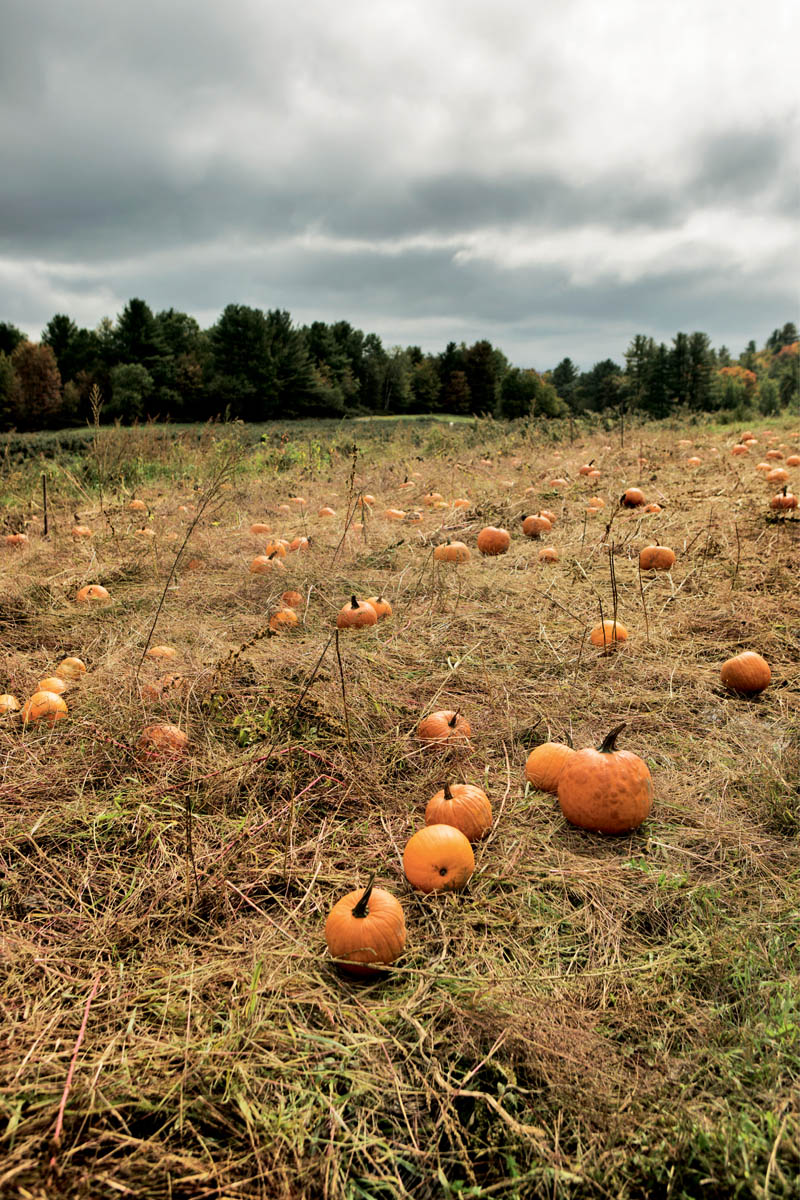Contents
Acknowledgments
Writing a cookbook is an act of love in large part because those you love and live with must eat your successes and failures. My husband, Jack, jokes that he gains 10 pounds for every cookbook I write. Fortunately, there has been time in between for him to lose it. He has been my best critic and most supportive pal throughout the writing of this book, and for that I am most grateful. Our familys Sunday pizza nights were diverted into tasting sessions for various recipes, thanks to the palates of Meg and Jezz, Dick and Lisa, Lennie, Molly, and Emrich. Having eaters on hand is essential for a cookbook writer, and my new neighbors in California pitched right in. The next-door Reidy family Bill and Gina and their four kids, Chelsea, Olivia, Sam, and Elliot took the job of tasting very seriously.
Recipe testers were invaluable for their careful testing and forthright commentary. Thanks especially to the stalwarts who kept coming back for more: Wendy Taylor, Donna Elefson, Judy Madden, Andy Shatken, Susan Smith, and Marcia Mallory. Thanks also to my daughters, Kate Stovel and Meg Holland; my brother and his wife, Dennis and Susan McCoy; my niece, Maura Kahn; and Sandy Jorling, Mimi Jorling, Polly Friedrichs, Larrie Rockwell, Kelly Martin, Lara Sellers, Becky Pettit, Mary Tierney, Joe Zeeman, Kimmie McCann, Jane Stuebner, Esther Christensen, Lynda Scofield, Pam Turton, and Pam Wakefield.
For ideas and inspiration, I thank Barby Linnard. Judy Witts shared wonderful recipes. Dianne Cutillo, former editor at Storey Publishing, was most helpful and supportive in getting this project launched. Andrea Dodge, my editor, has been enthusiastic and encouraging throughout.
Preface
My love affair with pumpkin began badly. As an aspiring ballerina longing for a tutu or, at the very least, a ballerina dress, my costume for the recital was puffy, not graceful; shiny and bright orange, not subtle and romantic. I was a pumpkin, not a twirling, leaping dancer in a lovely costume! It was the end of my ballet career, but not the end of the shiny orange costume my mom had lovingly sewn for me. The costume lived on in kid plays and for many Halloweens until, no longer puffy or shiny, the limp and shredded orange satin was retired to the trash.
When my second daughter was born, my mom came up to help out. For some reason I have yet to fathom, my husband and I thought that helping with a baby, running after a two-year-old, and helping to run our house would not keep her busy enough. Since she was a wonderful cook and expert pie maker, and it was pumpkin season, we asked her to make a pumpkin pie from scratch. Only after we had wiped the last delicious crumbs from our lips did she tell us she always used canned pumpkins in her pies and had never before used a fresh pumpkin.
Things started to improve when this same daughter was a little older and needed her adenoids removed. We gave her a huge Teddy bear to take to the hospital. She promptly named the bear Pumpkin for reasons known only to her. A very worn and weary Pumpkin now sits on a big-girl bed and is much beloved by the new generation.
And here I am, many years later, riding on this family theme by chopping and peeling fresh pumpkins, opening can after can of prepared pure, and becoming utterly fascinated with the versatility and flavor of pumpkin as an ingredient in all kinds of recipes. This amazing gourd, which appears in many cuisines and cultures around the world, has gotten my creative juices flowing, as you will see in the following pages.
1
Versatile Pumpkin
When I told people I was writing a pumpkin cookbook, I got one of two reactions. Ohhhh, I LOVE pumpkin, how exciting, when is it coming out? or You are writing about WHAT? Pumpkin? Why would you want to do that? This book is clearly for the first group, but the second group will find there is a lot to love about pumpkins, clearly a superfood!
Pumpkins happily grow in all climates across the United States. In fact, they grow on every continent except Antarctica. One of the many winter squashes, pumpkins have long been prized for their nutrition, adaptability, and staying power. The sturdy outer skin allows them to be stored in a cool place for months. Native to North America, pumpkins have been cultivated for about 9,000 years. For the indigenous people, pumpkin was a mainstay of their diet, and it has served as such for succeeding cultures. Pumpkin offers protein, complex carbohydrates, vitamin C, potassium, and huge amounts of vitamin A and beta-carotene, the precursor to vitamin A. It is high in fiber and low in calories. For sustenance, pumpkin is hard to beat.
Since pumpkin has been around for so long, and since it is found in cuisines across the globe, it is not surprising that pumpkin shows up in appetizers, soups, breads, desserts, salads, and savories of all kinds. It offers much more than the annual slice of pie at Thanksgiving, and I have by no means exhausted all the possibilities in this book. The mild, slightly sweet flavor lends itself to numerous ingredients. I had a great time adding pumpkin to my old favorite recipes, thinking up new combinations, and adapting ideas from other cultures. While in some cases the pumpkin flavor is almost too subtle to detect when used with strong, savory ingredients, it always adds texture, color, and nutrition. In other cases, the sweetness of pumpkin is the featured flavor, deepened by the addition of sugars and spices and leaving no doubt of its presence. A number of my recipe testers reported that they could not taste the pumpkin. True sometimes, but not a problem, because the lovely color is always there, as is the nutrition and the smooth texture.
Types of Pumpkins
Pumpkins are members of the gourd family, technically Cucurbitaceae, affectionately known as cucurbits. The vines of this great family include hundreds of species, from cucumbers to melons to squash. Thin-skinned summer squash do not include pumpkin, which belongs in the category of thick-skinned winter squash. In some countries, pumpkin is a term used for all hard-skinned squash. Of the many types of winter squash, the most well-known and readily available are pumpkin, butternut, acorn, hubbard, and buttercup. However, finding fresh pumpkin in markets during spring and summer is a bit of a challenge.
Pumpkin has a number of varieties, all of which are edible, but some are superior to others. The large ones that we carve into jack-o-lanterns tend to be dry and stringy. Giant pumpkins, which may weigh over 1,000 pounds, follow suit. The original Halloween pumpkin is the Connecticut Field variety, which also makes a good pie. For the best eating, however, choose a denser, sweeter variety such as sugar or pie pumpkin; the pale-skinned Long Island Cheese pumpkin; a delicious Japanese pumpkin known as kabocha; bright orange French Red or Cinderella pumpkin; dusky peachy Sonia pumpkin; or blue-skinned Australian Queensland pumpkin. Dont forget the wonderful delicata with its edible skin. The names may change with the location, but taken together they form a subtly colored palatye of the fall harvest that can be roasted, steamed, boiled, microwaved, grated, stuffed and served up in more ways than you can imagine.



